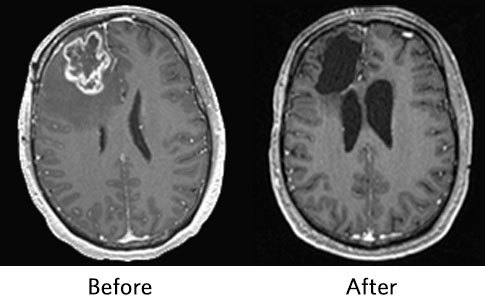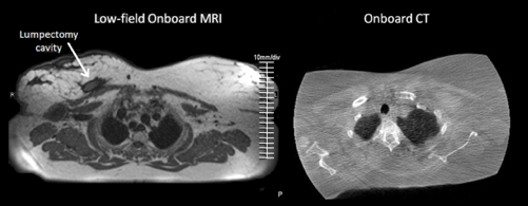New Modeling Shows Surprising Cumulative Risk of Lung Cancer among Non-Smokers

How can clinicians in the office setting identify non-smoking patients who are at risk of lung cancer – and therefore may be candidates for low-dose computed tomography (LDCT) imaging?
That question has been a focus of Michael Jaklitsch, MD, a thoracic surgeon at Brigham and Women’s Hospital and Dana-Farber/Brigham and Women’s Cancer Center. Jaklitsch is a long-time leader of initiatives and research in lung cancer screening and surveillance and co-creator of an online risk calculator. Read More
 For more than two decades, Brigham Health has been providing comprehensive cardiac care for patients with Marfan syndrome and other connective tissue disorders, including Loeys-Dietz syndrome and Ehlers-Danlos syndrome.
For more than two decades, Brigham Health has been providing comprehensive cardiac care for patients with Marfan syndrome and other connective tissue disorders, including Loeys-Dietz syndrome and Ehlers-Danlos syndrome.
 As genetic and genomic sequencing become incorporated into newborn screening for hearing loss, patients may look to obstetricians for guidance on genetic testing decisions.
As genetic and genomic sequencing become incorporated into newborn screening for hearing loss, patients may look to obstetricians for guidance on genetic testing decisions. Predicting which IVF embryos are most likely to produce a healthy pregnancy is an ongoing challenge in the field. For embryologist
Predicting which IVF embryos are most likely to produce a healthy pregnancy is an ongoing challenge in the field. For embryologist  With placenta accreta contributing to rising rates of severe maternal morbidity nationwide, the
With placenta accreta contributing to rising rates of severe maternal morbidity nationwide, the  A new study featured on the cover of the March issue of
A new study featured on the cover of the March issue of 
 When diagnosed and treated in its early stages, endometrial cancer is largely curable. However, for the 10 to 15 percent of patients diagnosed with late-stage disease, standard therapy does not lead to a cure.
When diagnosed and treated in its early stages, endometrial cancer is largely curable. However, for the 10 to 15 percent of patients diagnosed with late-stage disease, standard therapy does not lead to a cure. When following a patient for brain tumor recurrence, standard assessments fall short: Imaging and clinical exams each occur only a few times per year, and patient questionnaires capture only a moment in time and may be unreliable due to the challenge of accurate self-assessment amidst insidious decline.
When following a patient for brain tumor recurrence, standard assessments fall short: Imaging and clinical exams each occur only a few times per year, and patient questionnaires capture only a moment in time and may be unreliable due to the challenge of accurate self-assessment amidst insidious decline.